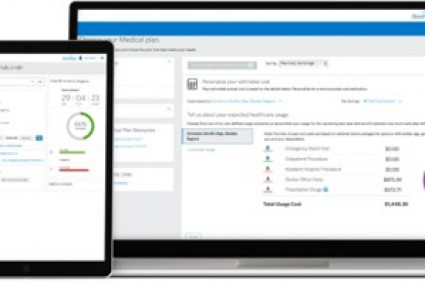
Cooperative banks have been a cornerstone of community-based financial services for decades, providing a unique and inclusive approach to banking. In the contemporary financial landscape, technology plays a pivotal role in enhancing the efficiency, security, and overall performance of cooperative banks. Cooperative bank software, specifically designed to meet the diverse needs of these institutions, is revolutionizing the way they operate. In this article, we delve into the significance of cooperative bank software and how it contributes to the growth and success of these financial entities.
Understanding Cooperative Banks
Cooperative banks are financial institutions owned and operated by their members, who are often individuals with a common bond such as residing in the same locality or belonging to a specific profession. Unlike traditional banks, cooperative banks prioritize the well-being of their members and the community, emphasizing mutual assistance and local economic development.
Challenges Faced by Cooperative Banks
While cooperative banks play a crucial role in promoting financial inclusion and supporting community development, they encounter challenges that can impede their growth. These challenges include outdated technology, manual processes, compliance issues, and the need for improved member services. Cooperative bank software addresses these challenges by providing a comprehensive and integrated solution.
Features and Benefits of Cooperative Bank Software
Member Relationship Management:
- Efficiently manage member profiles, transactions, and interactions.
- Provide a centralized database for easy access to member information, enabling personalized services.
Core Banking Operations:
- Automate core banking processes such as deposits, withdrawals, and fund transfers.
- Enhance operational efficiency by streamlining day-to-day activities.
Loan Management:
- Facilitate the end-to-end loan lifecycle, from application to approval and disbursement.
- Implement credit scoring and risk assessment tools to make informed lending decisions.
Integrated Financial Accounting:
- Ensure accurate and transparent financial reporting.
- Automate accounting processes to comply with regulatory requirements.
Compliance and Security:
- Enable compliance with regulatory standards through built-in features and updates.
- Implement robust security measures to protect sensitive member data and transactions.
Digital Banking and Mobile Apps:
- Enhance member experience by offering digital banking services and mobile applications.
- Provide secure access to accounts, transactions, and financial information on the go.
Business Intelligence and Analytics:
- Utilize data analytics tools to gain insights into member behavior and preferences.
- Make data-driven decisions to improve services and drive growth.
Customer Support and Communication:
- Improve communication with members through automated alerts, notifications, and announcements.
- Enhance customer support with features like chatbots and online assistance.
Conclusion
Cooperative bank software stands at the forefront of technological innovation, empowering these financial institutions to adapt to the evolving needs of their members and communities. By embracing digital solutions, cooperative banks can overcome operational challenges, improve efficiency, and provide enhanced financial services. As technology continues to advance, cooperative bank software will play a pivotal role in fostering financial inclusion, community development, and the sustainable growth of cooperative banking institutions.




